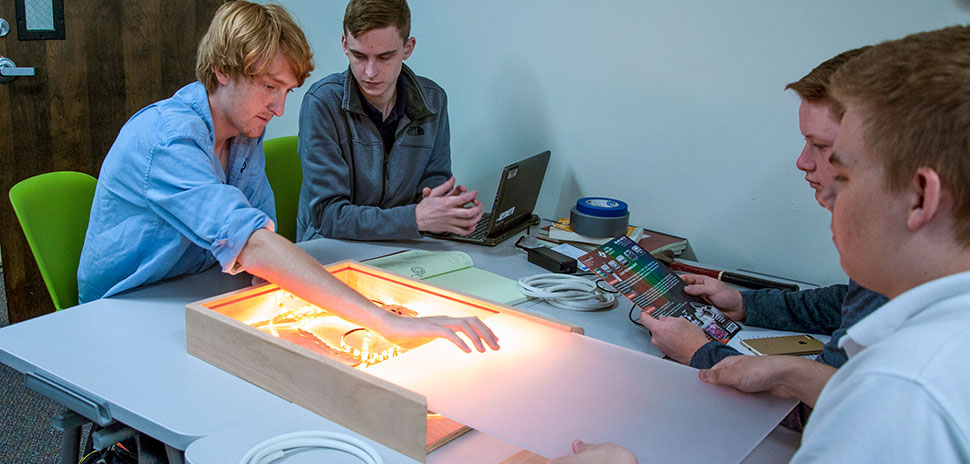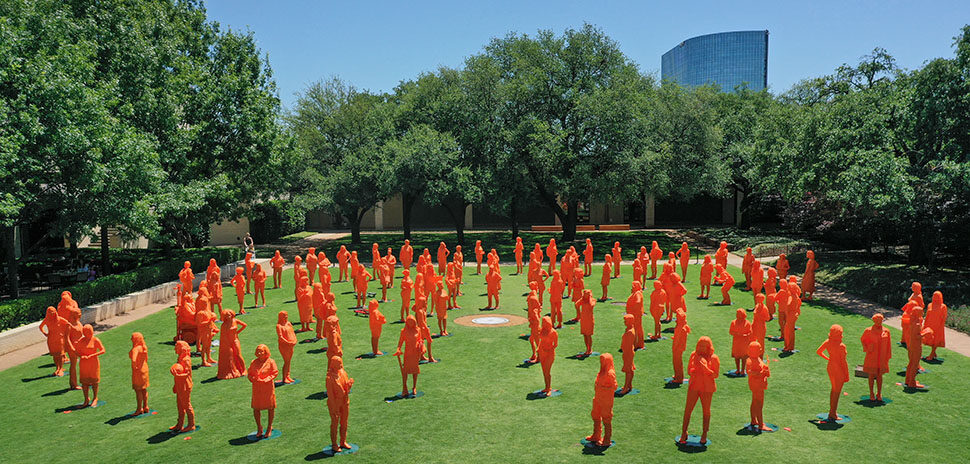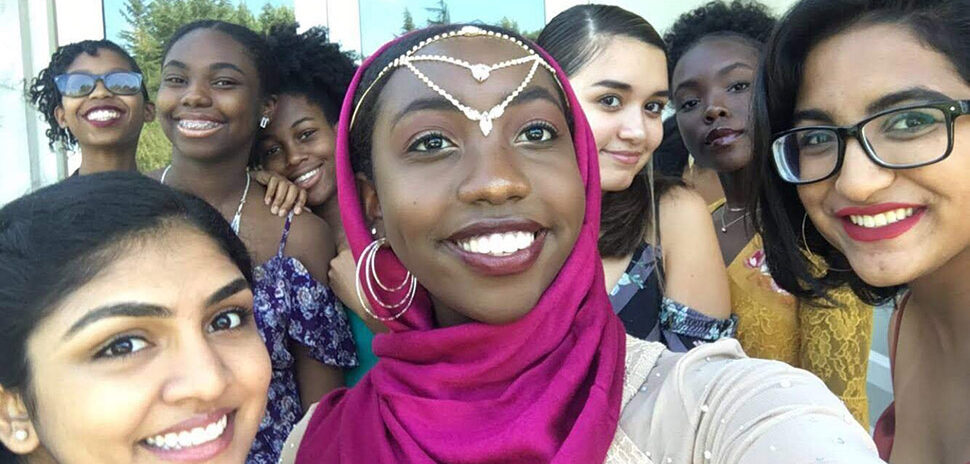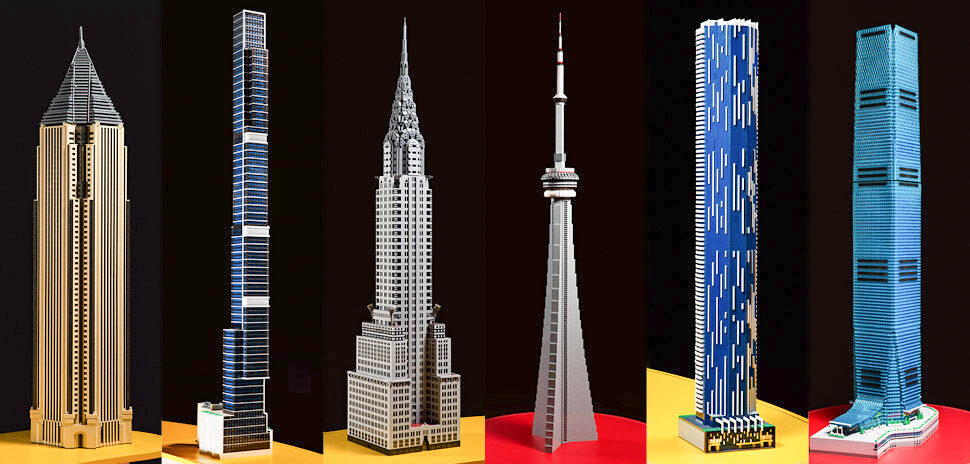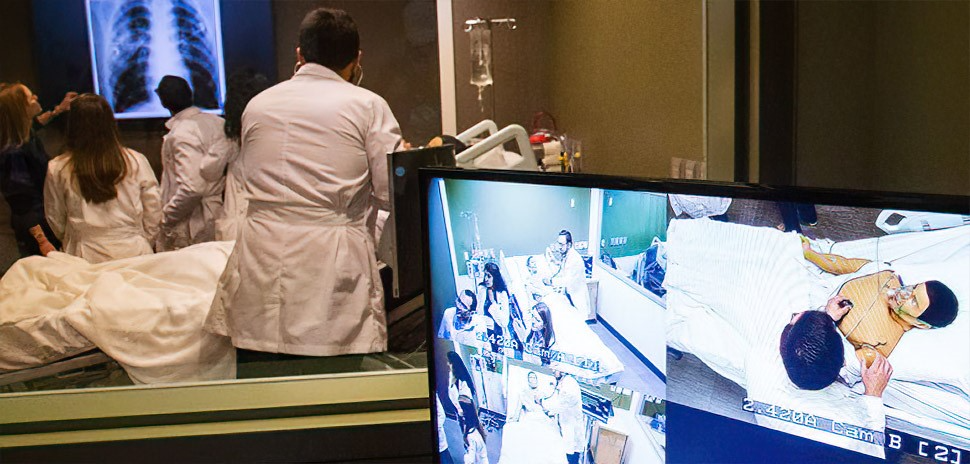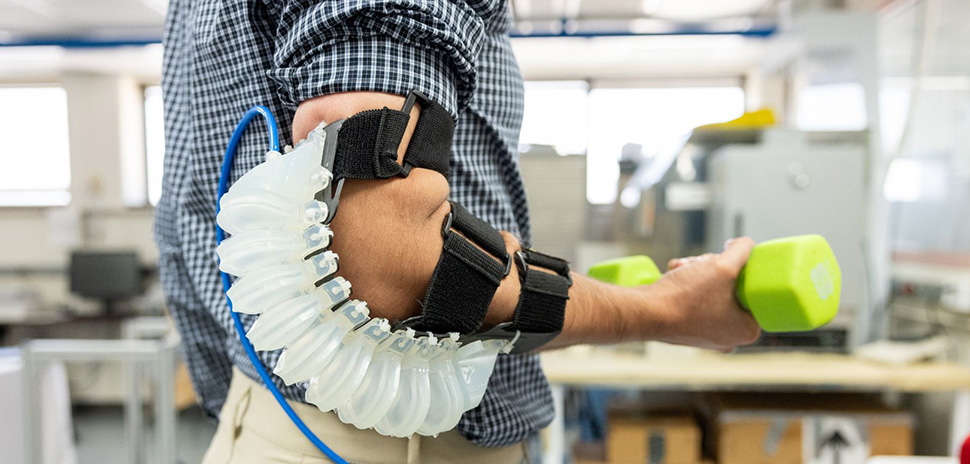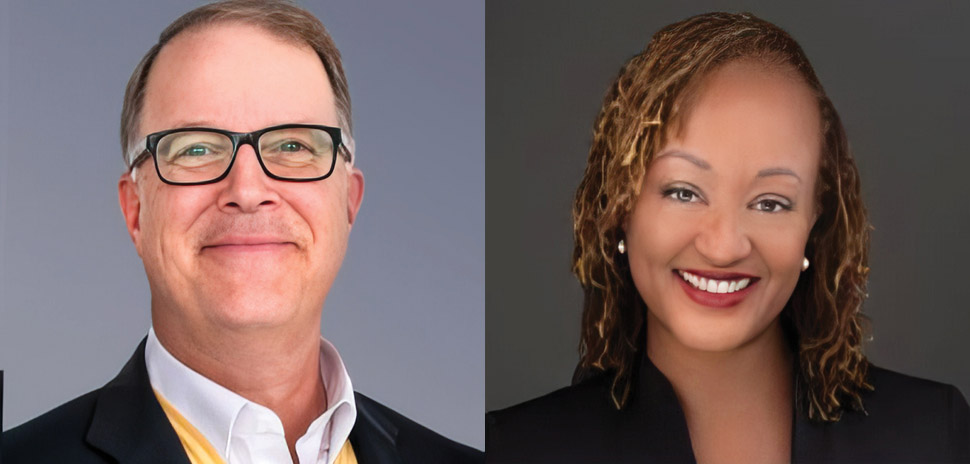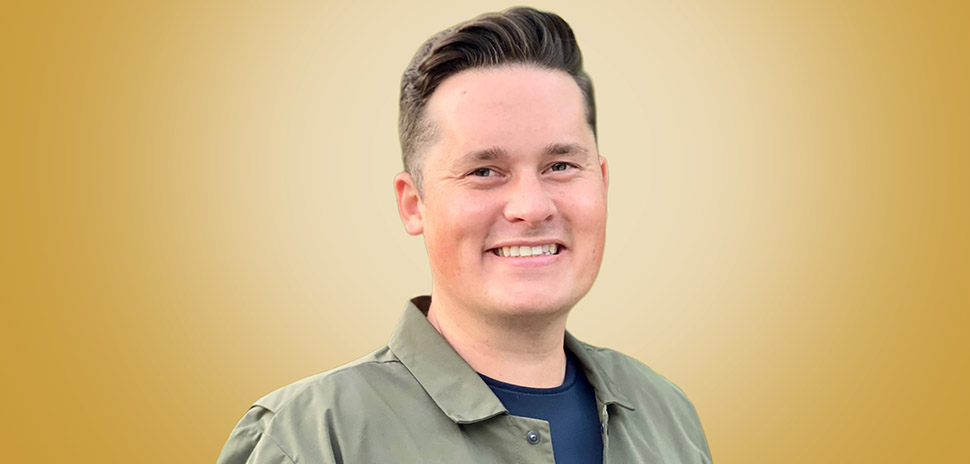Before the latest project in her honors engineering design class, Trinity Christian Academy senior Riley Chandler thought of engineering as being more about numbers and equations.
“It’s a lot more people-based,” Chandler said. “You have to work with people a lot which isn’t something that you’d usually think engineers would have to do.”
Her teacher, Lisa Wong, a former Raytheon engineer, knows that meeting the needs of customers with real-life designs can be a challenge — one that takes more than putting a pen to paper on mathematical calculations.
“I want them to learn that engineering is not in a bubble. You are collaborating all the time,” Wong said.
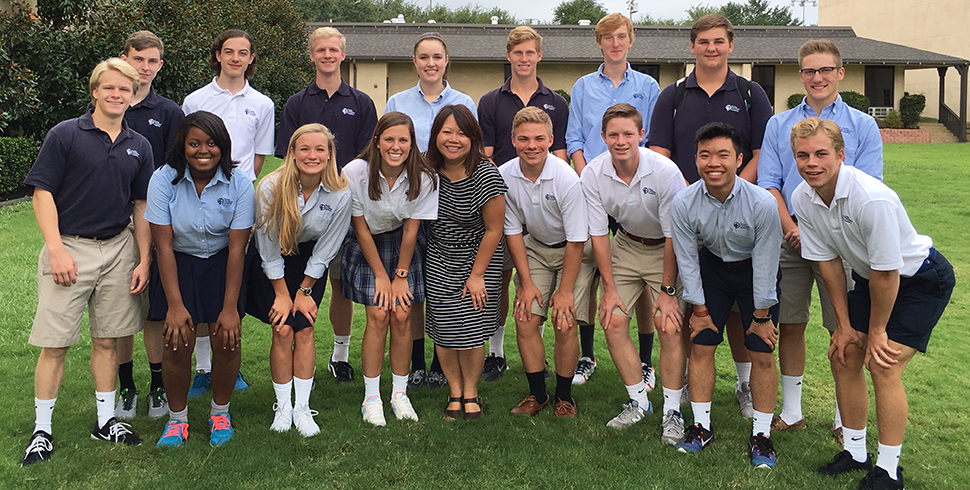
Students in TCA’s honors engineering design class along with their teacher, Lisa Wong (center). [Photo courtesy of Lisa Wong]
That’s why this trimester she’s tasked seniors in the highly-competitive engineering class to take their knowledge outside the classroom to design products for people in the community. It’s the capstone of the class, which started last school year at TCA.
“I want these kids to understand to the core of their heart that they can use STEM fields to bless others in the world.”
Lisa Wong
The projects aren’t meant to be easy; in fact Wong wants students to struggle. That way, they’ll learn to handle setbacks, she said. She’s offered guidance along the way, but students have to figure out how to apply the knowledge they’ve learned and secure their own resources within the confines of a monetary budget.
In the end, she hopes the assignment will shape them up to be professionals not only with the technical chops, but good people skills, too.
“Being in the industry for so long, I just saw a need for really strong kids who are well-rounded,” Wong said.
USING STEM TO ‘BLESS OTHERS’ IN THE COMMUNITY
Although students began work in March, Wong identified customers last summer whose projects would best match the students’ skill level and provide a social impact element.
Wong’s search led her to McKinney-based ManeGait Therapeutic Horsemanship, which needed tools to use in its unique therapy program as well as 4-year-old Gideon Jolicoeur, whose family wanted toys adapted for his rare metabolic disorder.
“I want these kids to understand to the core of their heart that they can use STEM fields to bless others in the world,” Wong said.
The students separated into four groups — each with a specific product to build.
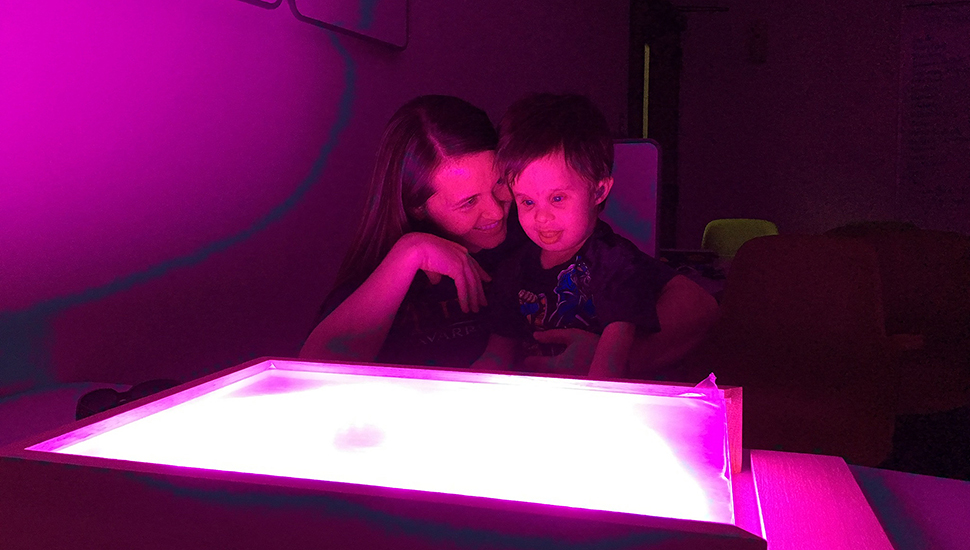
Gideon Jolicoeur (right) tests out the light table TCA students are building for him with his mom, Samantha. [Photo courtesy of Lisa Wong]
David Dembicki helped design a light box for Gideon, who has a Peroxisomal Biogenesis Disorder, a metabolic disease characterized by the improper function of peroxisomes in human cells.
Gideon is legally blind and has hearing loss. He is receptive to bright lights and color changes, which are the main elements of the light box.
Dembicki’s group made the wooden toy to fit on a table at the Jolicoeurs’ home with velcro to keep it from sliding and lights illuminating in Gideon’s favorite hues.
“We found the lights he likes best are the red and blues, so it will strobe through all these lights and he focuses on it,” Dembicki said.
Chandler’s group is modifying a jumper for Gideon.
The 4-year-old loves to play in his jumper, but he’s getting too tall for the toy. Students are accommodating for his height and weight with new springs and a trampoline base for added security. They’re also reworking the toys on top to be softer and more interactive with lights and sounds.
It’s taken more problem-solving than TCA student Travis Jospehs expected.
“You think you know what you want. Then, you test it out and realize it doesn’t work at all, and you have to start from the beginning,” he said.
ADAPTING TO MEET NEEDS OF THE CUSTOMER
Sometimes the customer’s request isn’t realistic either.
ManeGait wanted a ramp to make its new horse simulator wheelchair accessible. After doing the calculations, students realized the room would be too small for a ramp, so they’re making a lift instead.
“Your first design is not your final design by any means,” said TCA student Bo Parker.
ManeGait’s other need is an astronaut board for its GaitWay to the Brain therapies. The one-of-a-kind program couples therapeutic horse riding with brain-building exercises.
Robin Harwell, a speech language pathologist and GaitWay to the Brain program manager, uses the therapies for people with post-traumatic stress disorder, traumatic brain injuries, and neurodegenerative diseases such as dementia or Parkinson’s disease.
“Your first design is not your final design by any means.”
Bo Parker
“Our riders are challenged, because their sensory systems aren’t working as efficiently as they need to, so they aren’t sharing information easily or well. They struggle, they have to work for attention, which is why they have trouble with learning,” Harwell said.
Spinning patients on the astronaut board activates their vestibular system to build connections in the brain and improve learning, she said.
The board TCA students are working on will be lighter weight than MainGait’s current board and sturdier to help it better withstand the 55 people ages 4-92 that use it each week. It also will include an extension allowing therapists to incorporate visual activities.
“Anytime you are using spinning, what you are really trying to achieve is activation, organization, and integration of that system with the visual, the auditory because that’s how the brain is designed to take information in and put it together so it can pay attention,” Harwell said.
Harwell and other customers will see students’ finished designs during their final presentations this week.
“It’s so amazing because that’s when they see firsthand the products that they spent all these hours on in their customers hands. Lots of tears of joy,” Wong said.
PHOTO GALLERY
Photos by Sarah Bradbury
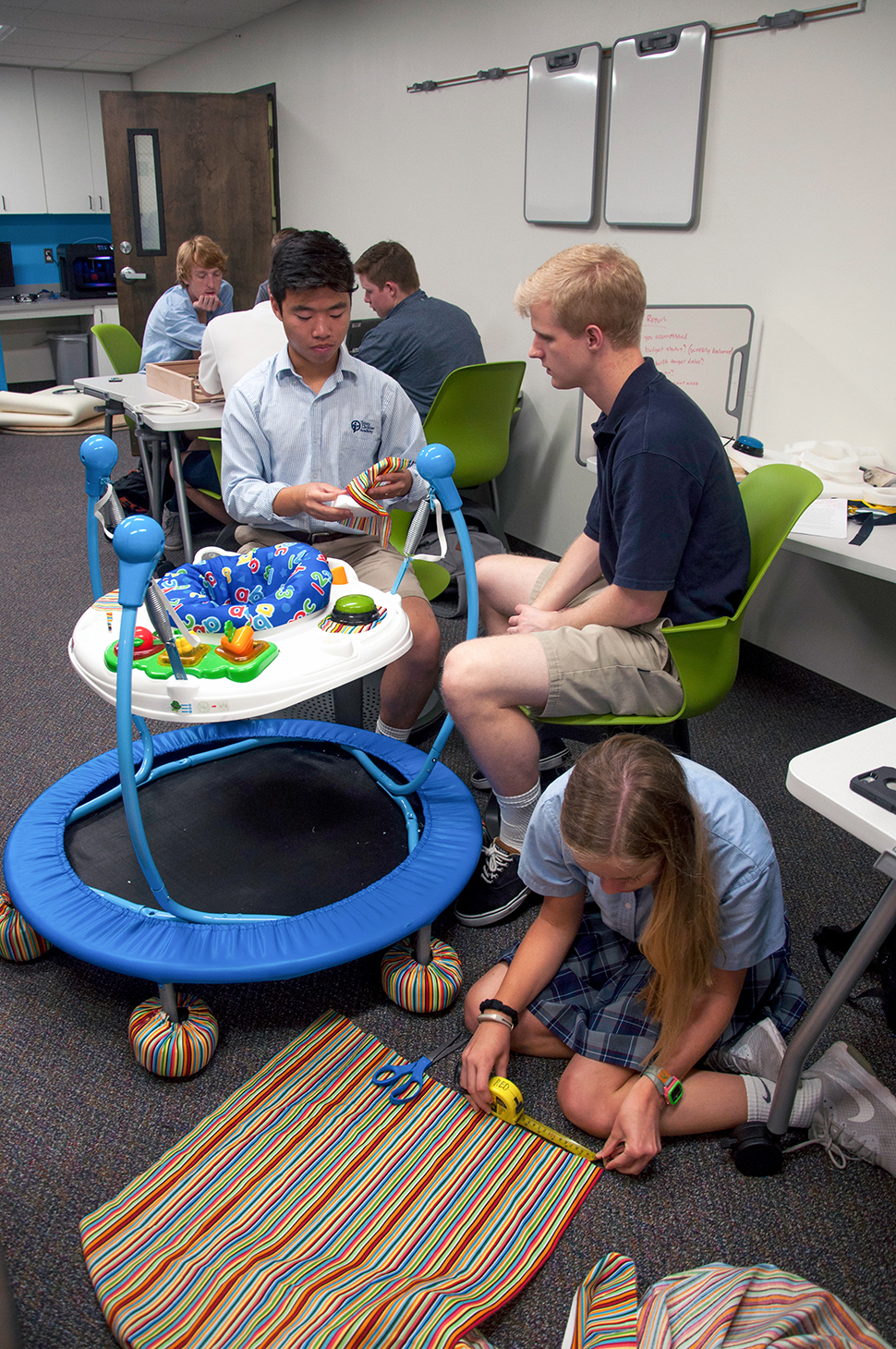
Nicholas Wong (left) Travis Josephs, and Riley Chandler work to build a modified interactive jumper for 4-year-old Gideon Jolicoeur, who has Peroxisomal Biogenesis Disorder.
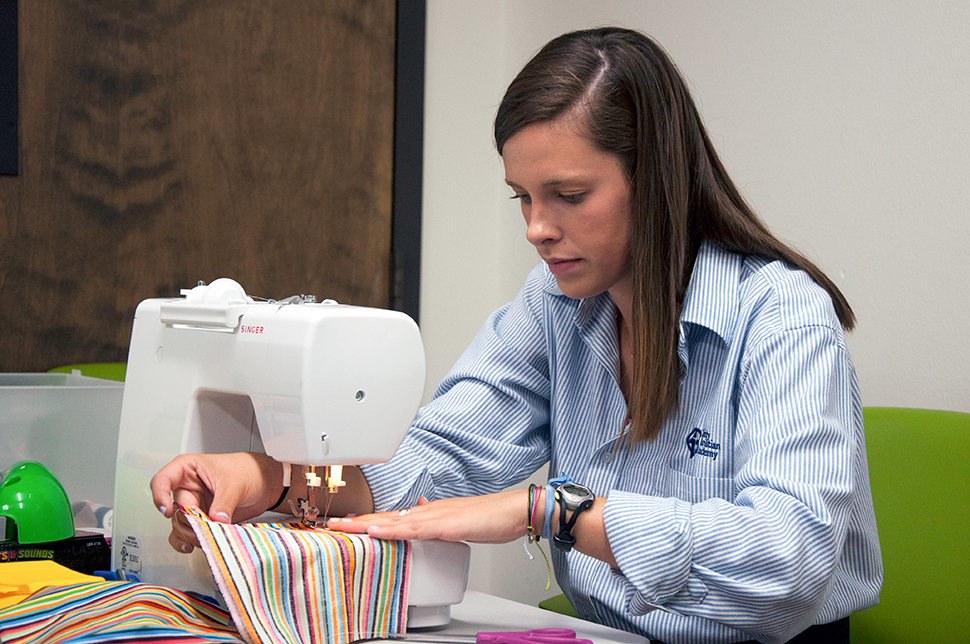
Nicole Muschalek, senior, sews fabric together for the modified interactive jumper.
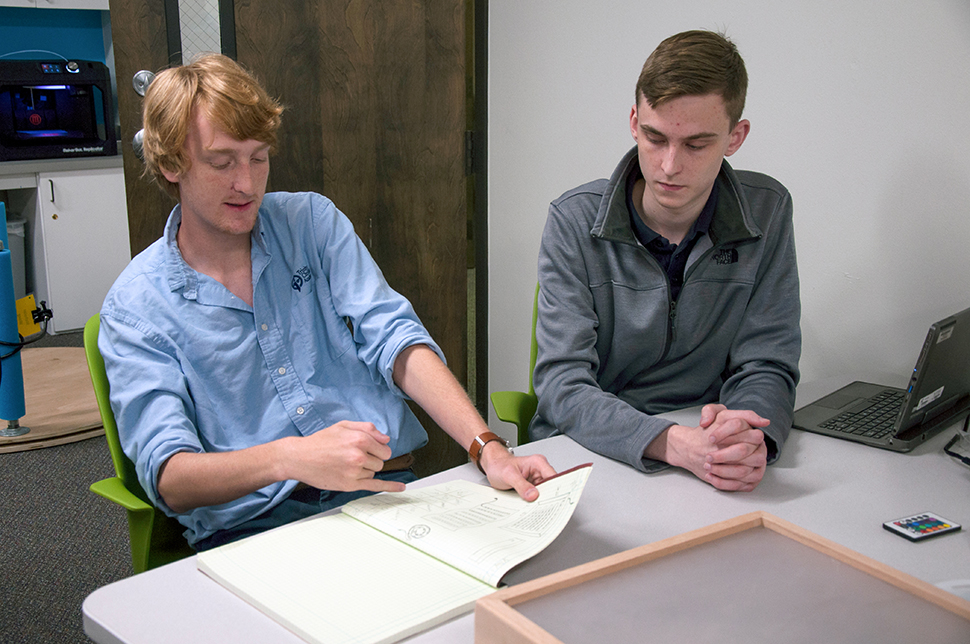
David Dembicki, senior, looks over the original building plans for the light box.
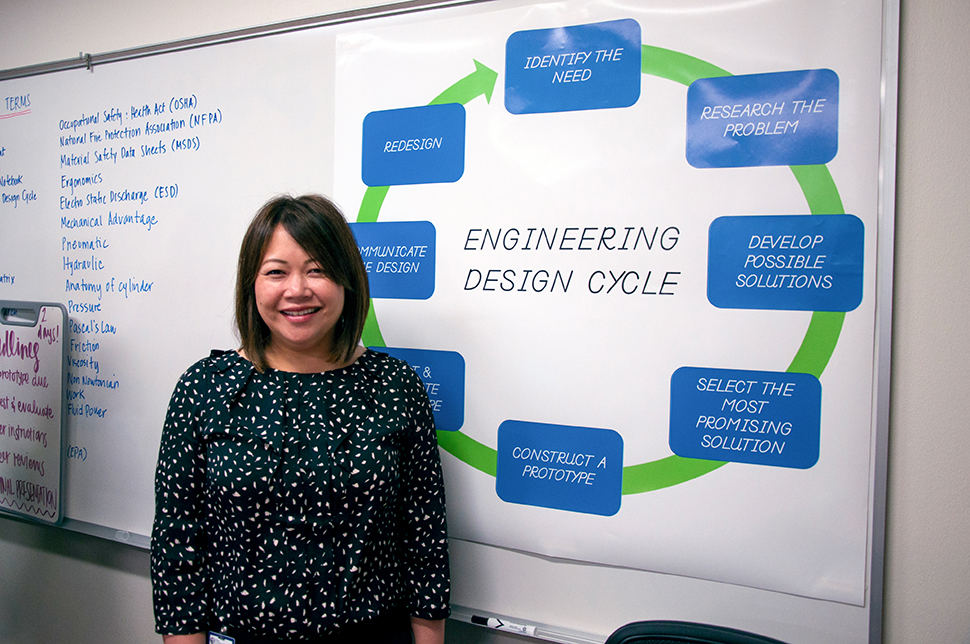
Lisa Wong, engineering teacher at Trinity Christian Academy, stands in front of a poster showing the engineering design cycle, which students used to guide their projects.
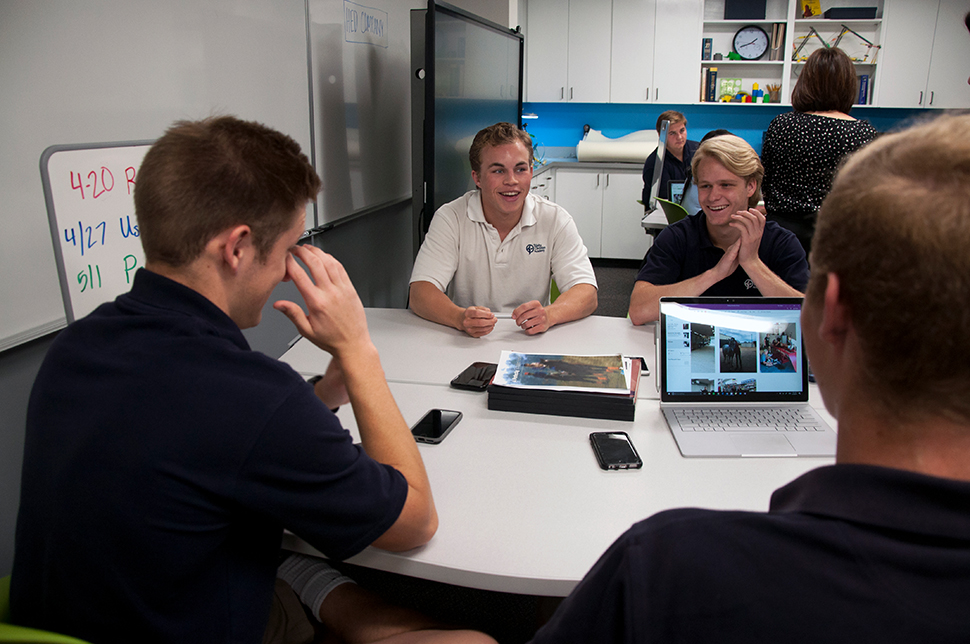
Bo Parker, Nate Hanley, Weston Porter, and Matthew Springfield are working on a lift for a horse simulator at ManeGait Therapeutic Horsemanship. Their project is being built off campus because it is too large to bring into class.
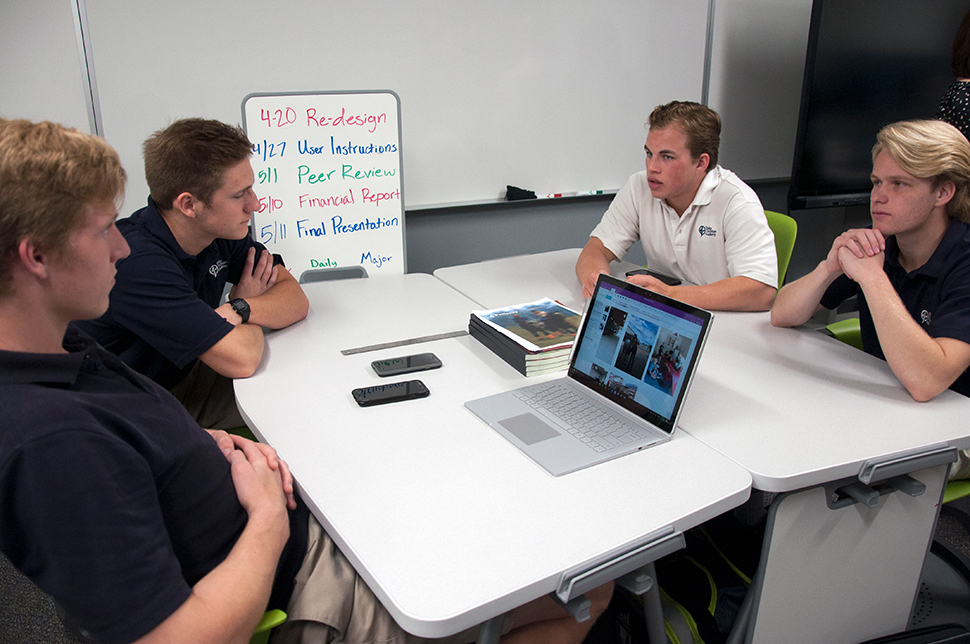
The group building the lift plans and looks through photos on a laptop.
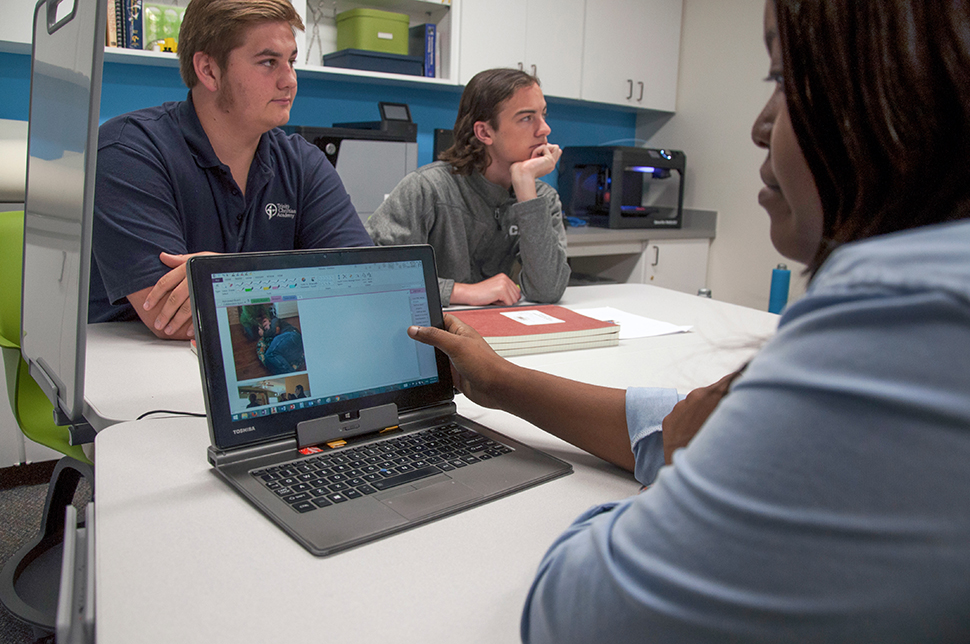
Tylre Meeks, senior, scrolls through photos of their group building an astronaut board for the GaitWay to the Brain program.
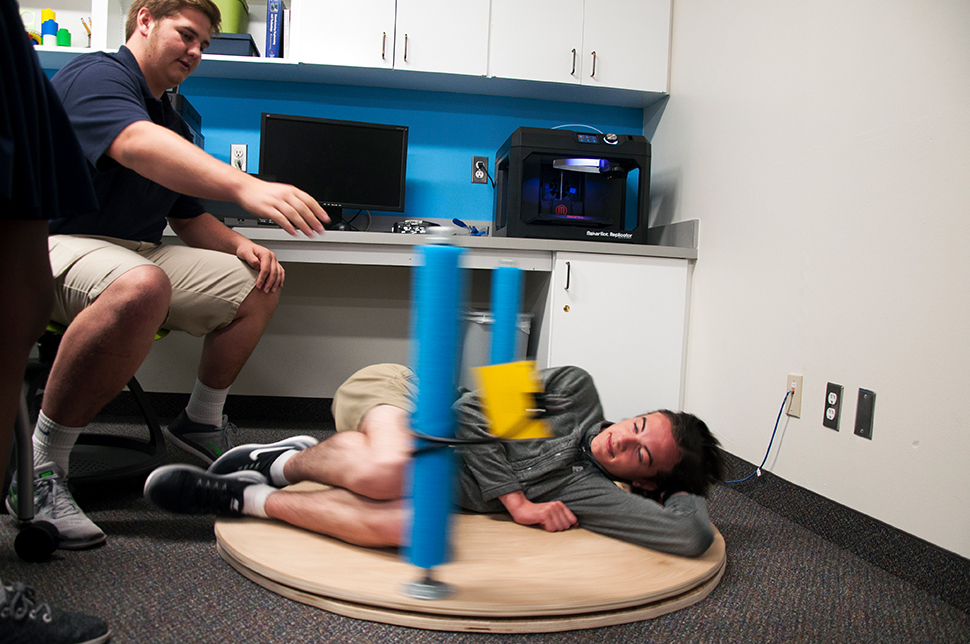
Gayden Williams spins Will Traweek to demonstrate the astronaut board. The spinning activates a person’s vestibular system to build connections in the brain and improve learning.

